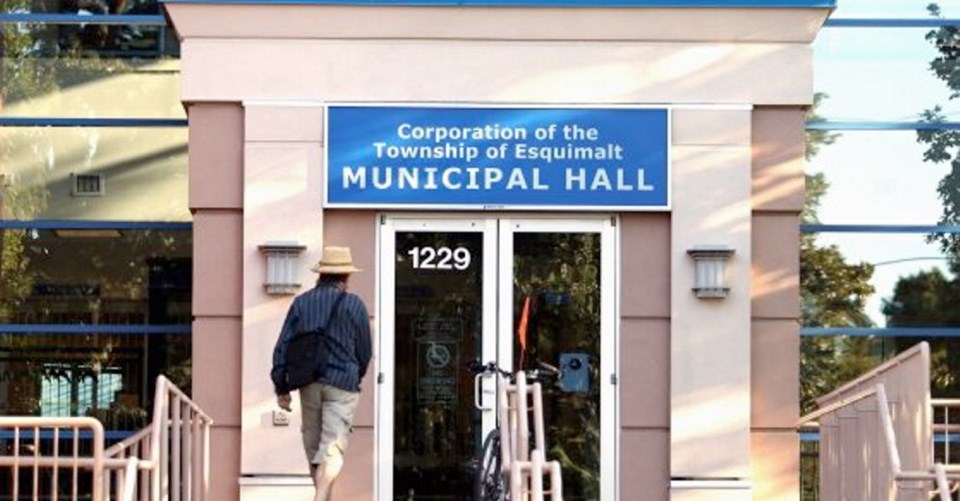About 12 years ago, she ran a small, part-time fitness business. Although the office work happened out of her home up the Peninsula, she interacted with clients throughout the region.
“I just can’t afford to get a business licence for every municipality in the region where we’d like to go running or might stop in a park to do jumping jacks and lunges,” she told me then.
At the time, many business owners in the region whose enterprises weren’t bound to a single bricks-and-mortar location would have found her story familiar. Fortunately, common sense has prevailed over the past decade. A number of B.C. municipalities now permit mobile business licences. These allow businesses to operate in more than one municipality under a single licence, rather than requiring them to obtain non-resident permits for each municipality in which they operate.
For example, businesses on the south end of the Island can now obtain one annual inter-municipal licence recognized by each of the capital region’s 13 kingdoms. The licence costs $100.
Those mobility limits might expand further. Twenty-four Vancouver Island municipalities are considering opting into an Island-wide business licence. In July, Esquimalt council became the first municipality in Greater Victoria to pass a bylaw allowing such a licence.
But inter-region licensing doesn’t remove all barriers to business between jurisdictions. For example, each municipality’s own suite of bylaws also represents a wall.
Bylaws allow local governments to implement their communities’ unique visions and values and shape the communities into the future, but if you’re a builder in Greater Victoria, you must know the local zoning requirements and ins and outs of each of the bylaws that affect how buildings are designed, engineered and constructed in each of the region’s 13 municipalities. The many local quirks and flavours add complexity and costs to working in the region.
Expand the lens geographically and you run into more jurisdictional walls. Professional licensing has long limited movement of doctors, dentists, nurses, dental technicians, teachers, engineers, biologists, psychologists, counsellors, massage therapists, accountants and so on, between provinces. Each province and territory regulates the professions according to its own standards.
Although the impetus behind professional regulation is to protect the public — from collapsing shopping malls, failing bridges, medical quacks and investment cons — which professions are regulated and which practice standards are applied can vary by jurisdiction.
After Canada’s Agreement on Internal Trade came into effect in 1995, provincial regulators started working with counterparts across the country to align standards and licensing processes.
Now, for example, the engineering regulators in Alberta, B.C. and Ontario use the same licensing exams. If you’re a professional engineer in Alberta, your professional record is clean and you decide to register as a professional engineer in Ontario or B.C., your application will likely be reviewed and approved quickly. The B.C. engineering regulator also has an agreement with counterparts in Nova Scotia and Prince Edward Island that allows an applicant to register as an engineer in each of the three provinces through a single application process.
But progress varies among professions and is often slow. My lawyer friends tell me inter-provincial licensing stalled years ago for their profession. The various types of accountants (the CPAs, CMAs, CAs and so on) and nurses (RPNs, LPNs, RNs, NPs) in B.C. have recently been combined under single, centralized regulators, which might make inter-provincial mobility easier to negotiate and control.
In the case of doctor mobility, health-care practice in Canada might be standardized, but each province has its own health-care and doctor-payment systems. Dramatic differences in fees charged to doctors and paid to doctors also exist. Furthermore, with family physicians in short supply across the country, opening up provincial borders to medical professionals won’t conjure up more docs.
Despite the new Canadian Free Trade Agreement, which was signed into law last year to further reduce interprovincial barriers to goods, services and investment, persistent barriers remain.



